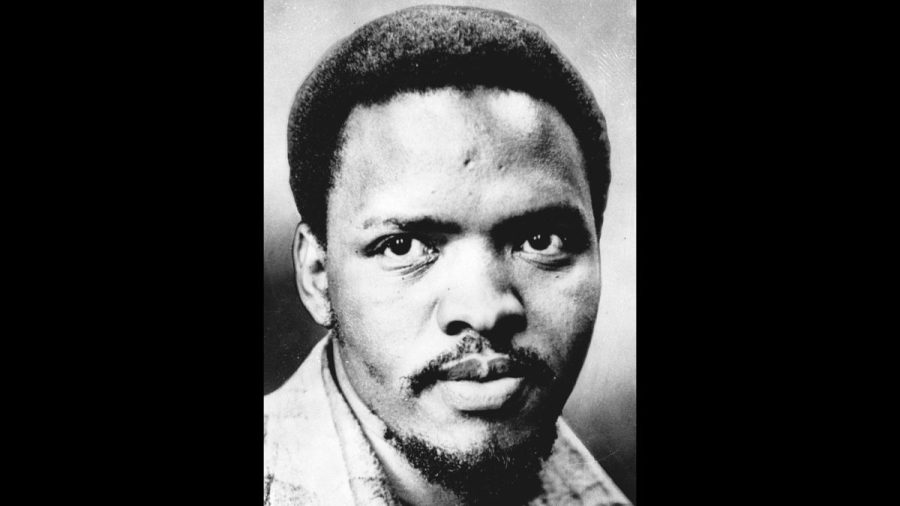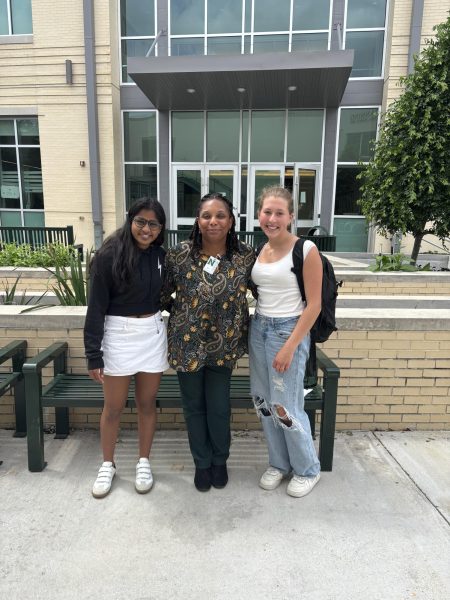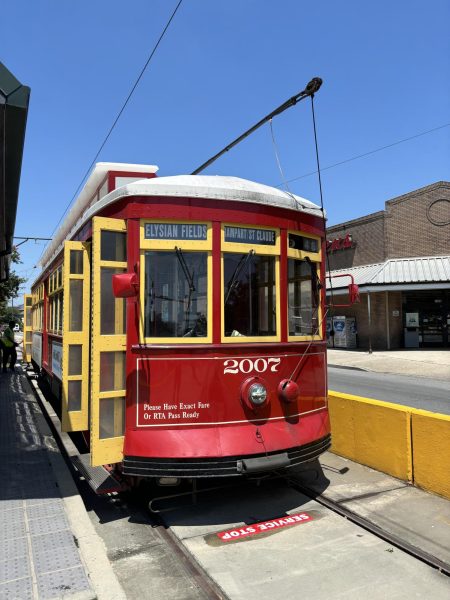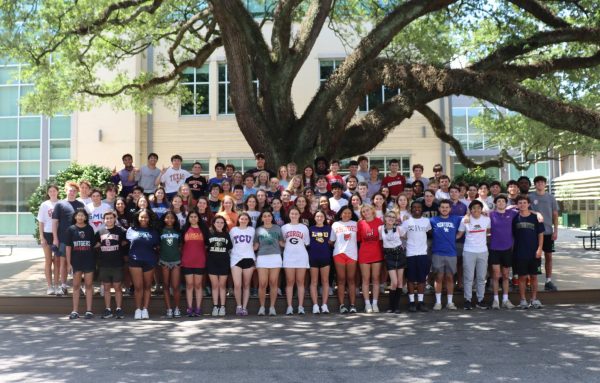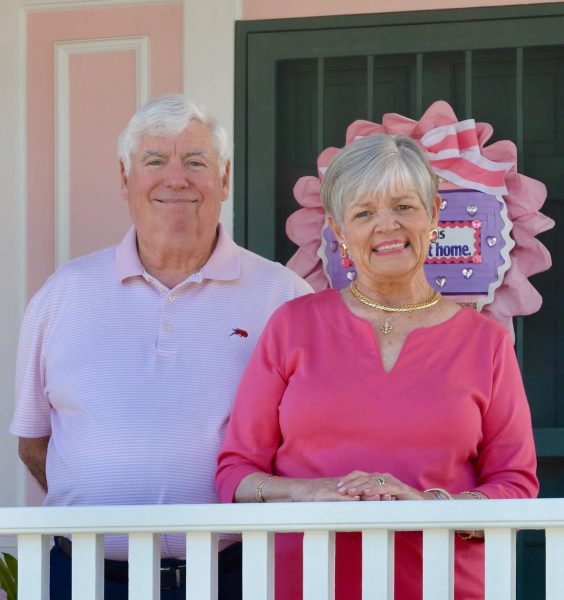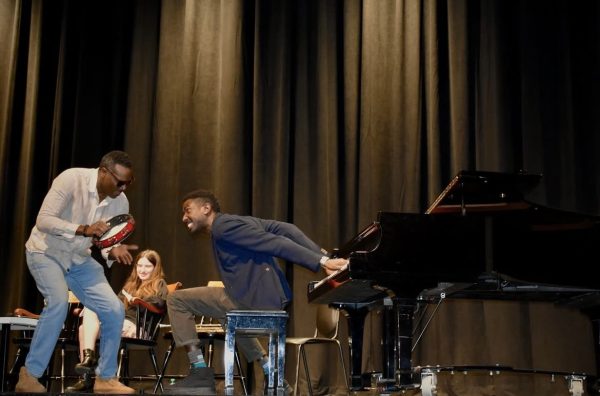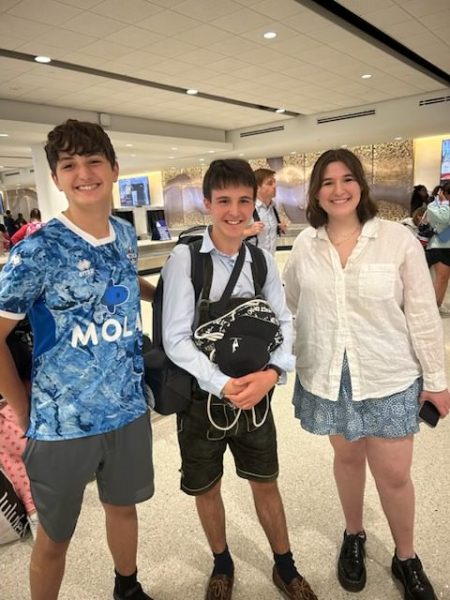Looking Back at Black History Month
Now that Black History Month has come to a close, I thought it would be valuable to write an article reflecting on an important figure in Black history, and his contributions to movements for racial equality. For this important figure, I decided to focus on Stephen Biko, a freedom fighter and anti-apartheid activist in South Africa through the 1960’s and 1970’s. Biko was one of the major figures of the anti-apartheid movement in the 70’s when many of their other leaders had been imprisoned by the South African government, such as Nelson Mandela. Biko became involved in activist groups starting in the mid 1960’s when he joined the National Union of South African Students (NUSAS); however, he was frustrated with this organization because its founders and leaders were primarily white liberals who were opposed to apartheid. While Biko did not dislike white liberals, he believed that the effort for racial equality and an end to segregation needed to be spearheaded, run, and controlled strictly by people of color, as they were the ones most effected by apartheid. He did not think that the Black population in South Africa could be truly free and independent of their white counterparts unless they gained equality by their own doing. With this belief in mind, he became a leader and founding member of the South African Students Organization (SASO). This organization was only open to ‘Black’ membership, a term which Biko used to include not only Bantu-speaking Africans, but also Indians and Coloured peoples. Since South Africa was a country colonized by both the Dutch and the English, there were several mixed racial groups that suffered under apartheid, including Coloureds, a group of mixed race heritage, and Indians. Biko aimed to include all of these groups in his efforts to end apartheid. He purposely kept this organization clear of white liberals; however, he opposed anti-white hatred and had many close white friends. He believed that in order for Blacks in South Africa to gain political and social equality, it needed to be through their own independent efforts. Biko wanted to transition South Africa, which was governed by the white minority, into a country of racial equality, universal suffrage, and socialism. Through SASO, Biko developed Black Consciousness, a psychological movement intended to empower Blacks to take pride in their race, and rid themselves of any sense of racial inferiority. He highlighted this aim by popularizing the slogan ‘Black is Beautiful’. This ultimately led to his involvement in the founding of the Black People’s Convention (BPC) in 1972 with the aim of spreading Black Consciousness to the wider population.
Due to his involvement in the BPC, along with his other organizations, the South African government placed him under a banning order in 1973. Banning orders were highly restrictive measures taken by the South African government as a means of suppressing and combating political rivals. If a person was placed under a banning order, this person could no longer speak in public, publish any works or writings, attend meetings of any kind, leave a specific magisterial district, meet with any other banned persons, or conduct any political activity. On top of this, banning restricted where a person could live, and what messages could be published in public newspapers and broadcasting programs from this person. It also required the banned person to check into a police station at least once a week. Due to the ban of meeting with groups, banned persons were not permitted to be in contact with more than one person at a time. The penalty for violating any aspect of a banning order was five years in prison. Naturally, this ban greatly restricted Biko’s activities; however, he remained politically active and continued to aid the BPC with public works and activism efforts.
During his ban Biko received many anonymous threats, and he was detained by state security several times. In 1977, Biko decided to break his banning order by traveling outside of his restricted zone to Cape Town in order to meet with activist Neville Alexander. Alexander refused to meet with Biko out of fear he was being monitored by police, and so Biko decided to turn around and drive home. However, on his way back from Cape Town, Biko was stopped at a South African police checkpoint and arrested for violating his banning order. On August 17th, the security forces took Biko to a police station where he was held naked in a cell with his legs shackled. On September 6th, Biko was transferred to the security police headquarters where he was interrogated for 22 hours while handcuffed, in shackles, and chained to a grille. During this interrogation Biko was severely beaten by at least one of the ten security guards resulting in three brain lesions which caused a massive brain hemorrhage. In this state he was forced to remain standing and chained to the wall. After being examined by three doctors, it was determined that blood cells had entered his spinal fluid, and that he should be transferred to a prison hospital. Following this, the police loaded him, still naked and shackled, into the back of a Land Rover and drove him 740 miles to a police hospital. Biko died here alone in a cell on the 12th of September 1977. His funeral was attended by approximately 20,000 mourners.
During Biko’s time as an activist, he befriended many white liberals who opposed apartheid and wished to aid blacks in South Africa in gaining equality. Despite these white liberals’ hearts being in the right place, Biko believed that they did not fully understand the cause which they were fighting for because they had never lived under government oppression or control like the Black citizens of South Africa. Biko sought to educate these people to try and help them truly understand the people and ideals they were fighting for. Several white liberals involved in this movement, including Biko’s close friends Donald Woods and Duncan Innes, have since said the Biko was monumental in educating them about the Black Consciousness movement. Innes said when referring to Biko that he was “invaluable in helping me to understand Black oppression, not only socially and politically, but also psychologically and intellectually.” This was ultimately Biko’s aim when educating both Blacks and whites; he not only wanted to open people’s eyes to the blatant oppression of the Black citizens of South Africa, but he wanted to open their minds to psychologically and mentally empower the people of South Africa to believe in and strive for freedom and equality. His dream was ultimately realized 17 years after his death, when apartheid was officially ended in 1994, and South Africa elected its first Black president, Nelson Mandela.

